Artist Zora J Murff began forming his creative practice as a social worker serving incarcerated youth. While enrolled at University of Iowa to study photography, he worked with juveniles on probation as a tracker for a Detention and Diversion Services office in Cedar Rapid, guiding them through therapy and community service aimed to provide an alternative to incarceration. In reflecting on the overwhelming social and structural forces driving many of the kids he worked with into the juvenile and criminal justice systems, he began to reconsider his role, using the camera as an instrument for introspection.
From 2013 to 2015, he photographed portraits of the children he’d worked with, ultimately resulting in Corrections, a visual examination of the tensions he was grappling with.
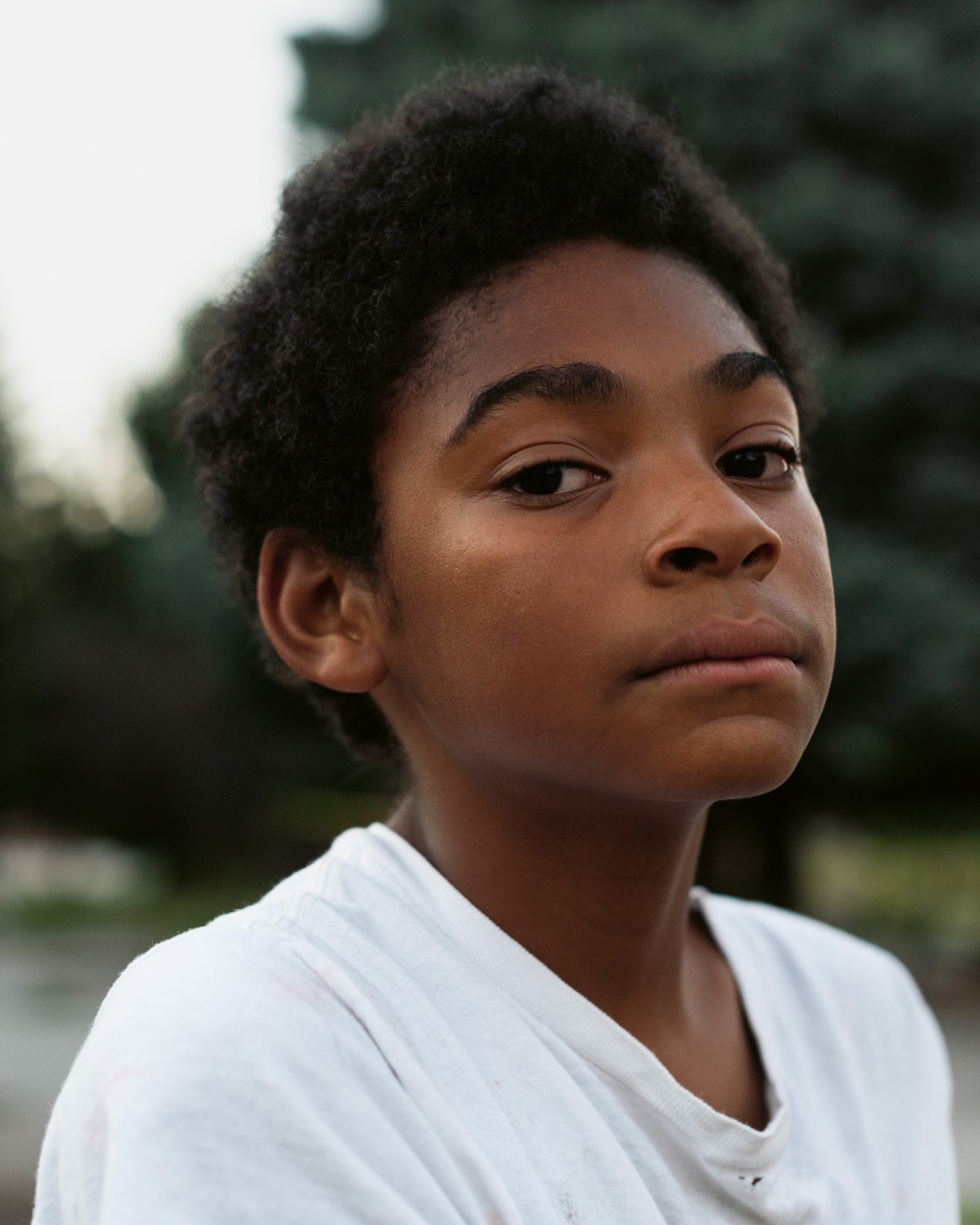
“Those were the very early beginnings of me figuring out how I express my ideas,” Zora says, explaining that he soon began to look at photography itself as a function of larger systems, especially in the ways it influences and complicates how we think about race and Blackness. “Photography vacillates between this tool that can be used for harm, but that can also be used for good,” he says, referencing a spectrum of manifestations — from prison surveillance through mugshots, to the images of Emmett Till’s open casket that exposed the horrors of racial violence in America to mainstream white audiences. “Sometimes the harmful image, if we place it in a different context, and give it a different reading, we can actually see something that serves for our liberation.”
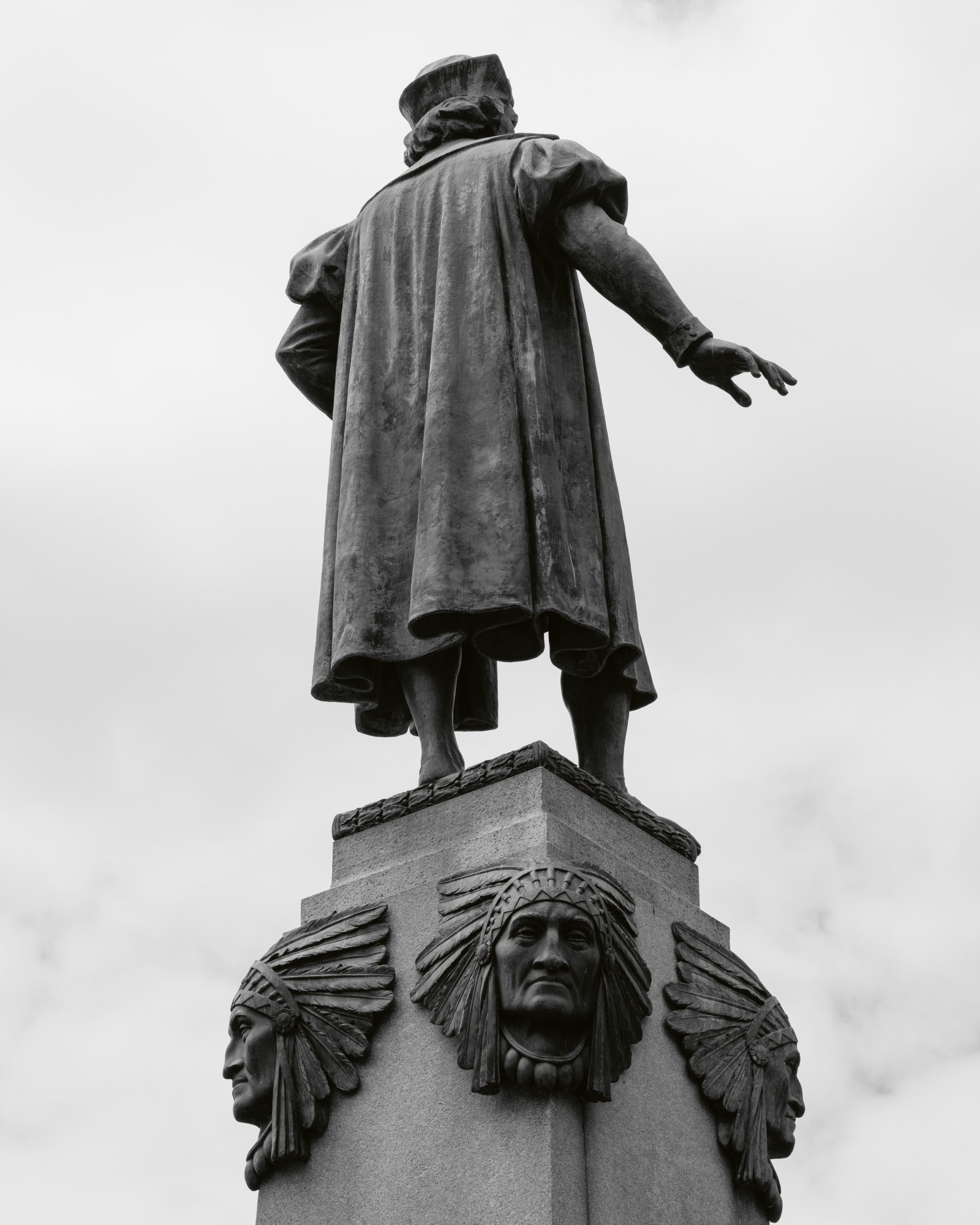
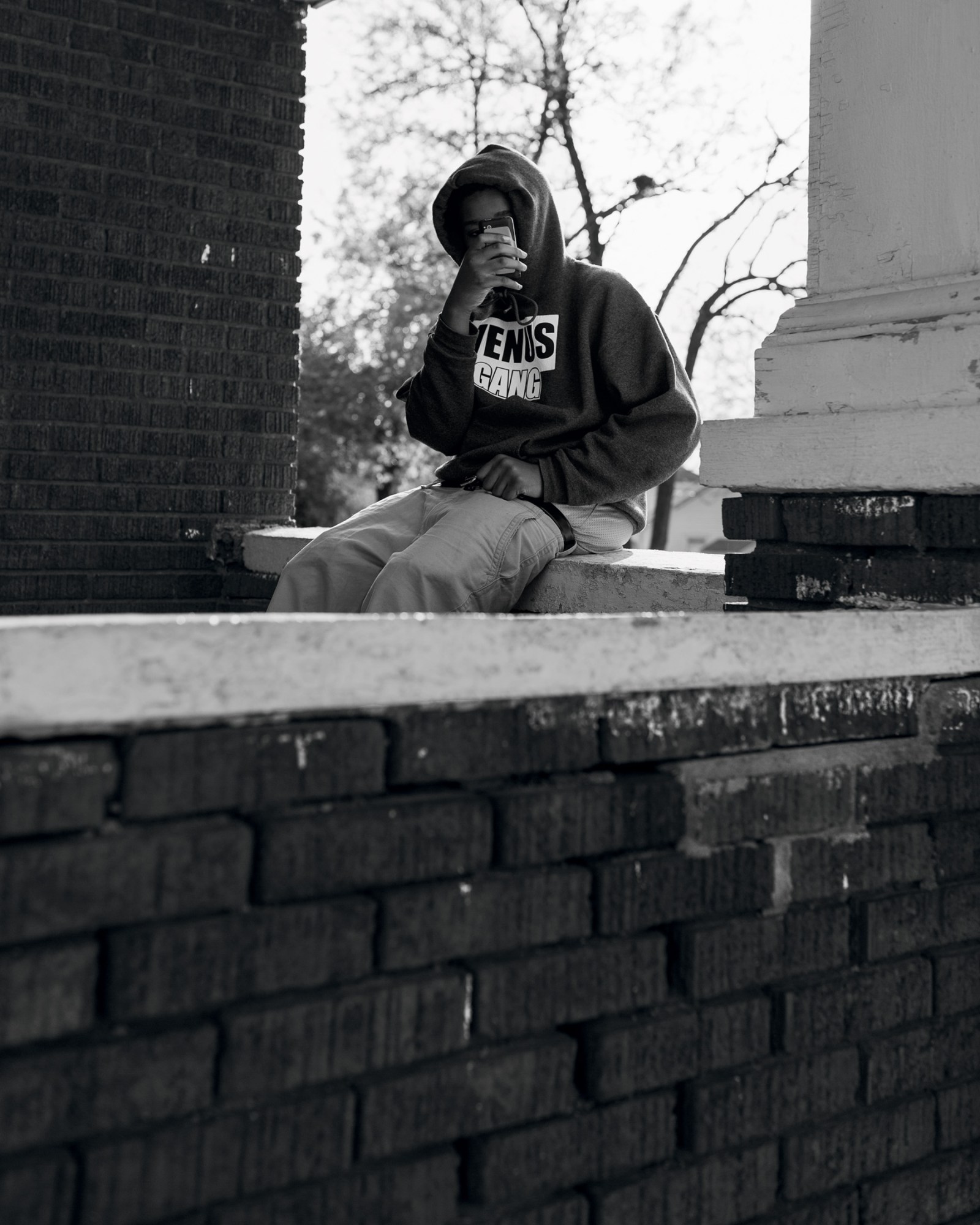
This inquiry — exploring contexts outside the frame that inform what we see within it — led Zora to the MFA studio art program at University of Nebraska-Lincoln. Melding the use of photography, archival research and ready-made sculptures, he held onto the most generative aspects of the training he’d absorbed in social services. “Those jobs were all about learning how to de-center yourself to help others. That sort of attitude and mindset is something that has always been important to me,” he says. His thesis exhibition focusing on the historical effects of redlining in a historically Black neighborhood in Omaha, Nebraska inspired Zora to immerse himself in the community, connecting with residents who shared snapshots of their lived experiences as they sat for portrait sessions.
For him, capturing their stories served as a way of bearing witness to the murders of Will Brown, who was lynched in North Omaha in 1919, and Vivian Strong, who was killed by a police officer there in 1969. “These moments seemed to connect,” he says, reflecting on the time he spent there. “The through-line being the government-endorsed destruction of a Black neighborhood through policy that has degraded this place over time. In my mind, by making a portrait and being present with them, it’s just two black people in shared, active living. To me, that talks a lot about our survival. It’s this way of seeing each other, and being able to hold space for each other in a world where we don’t get a lot of that.”
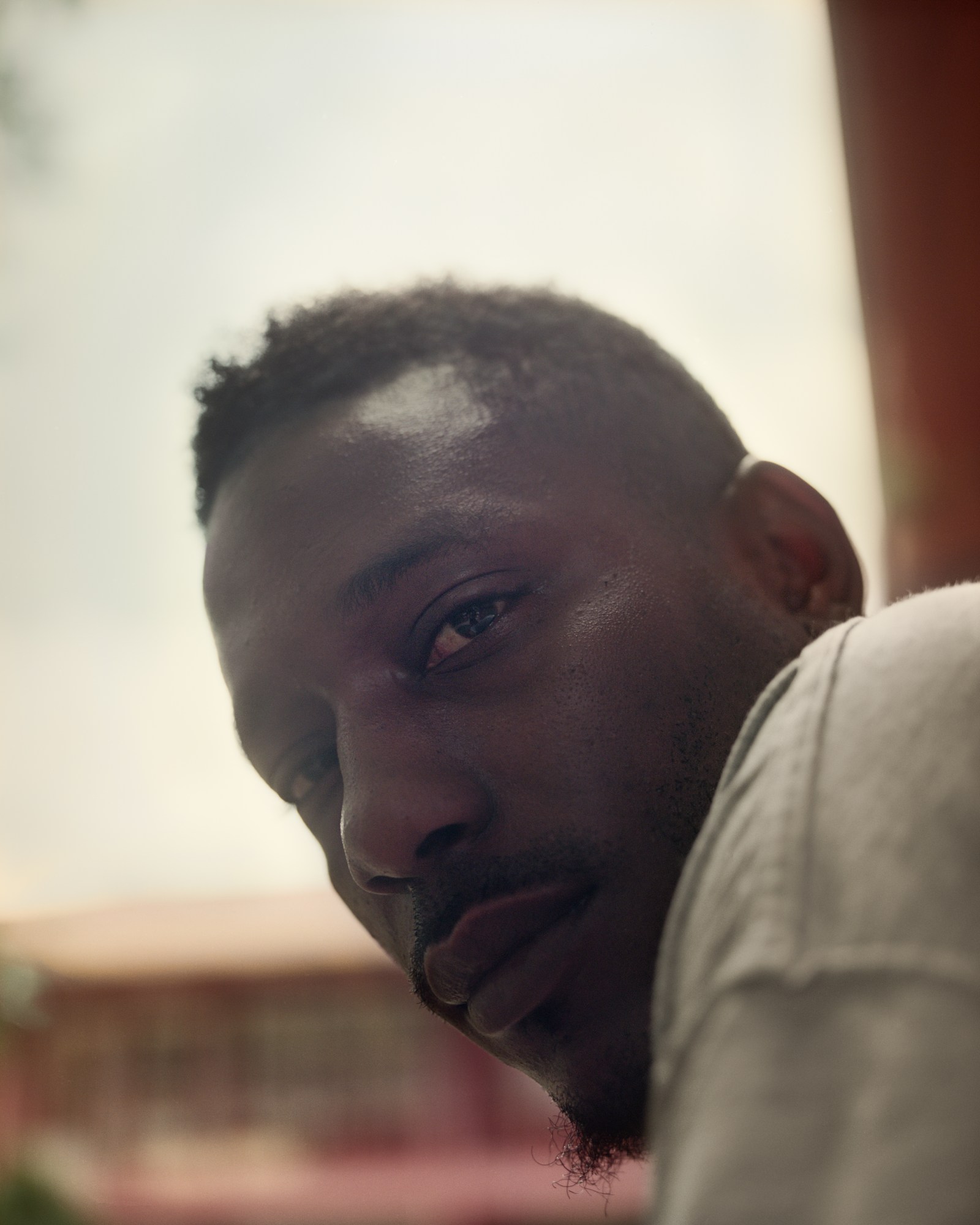
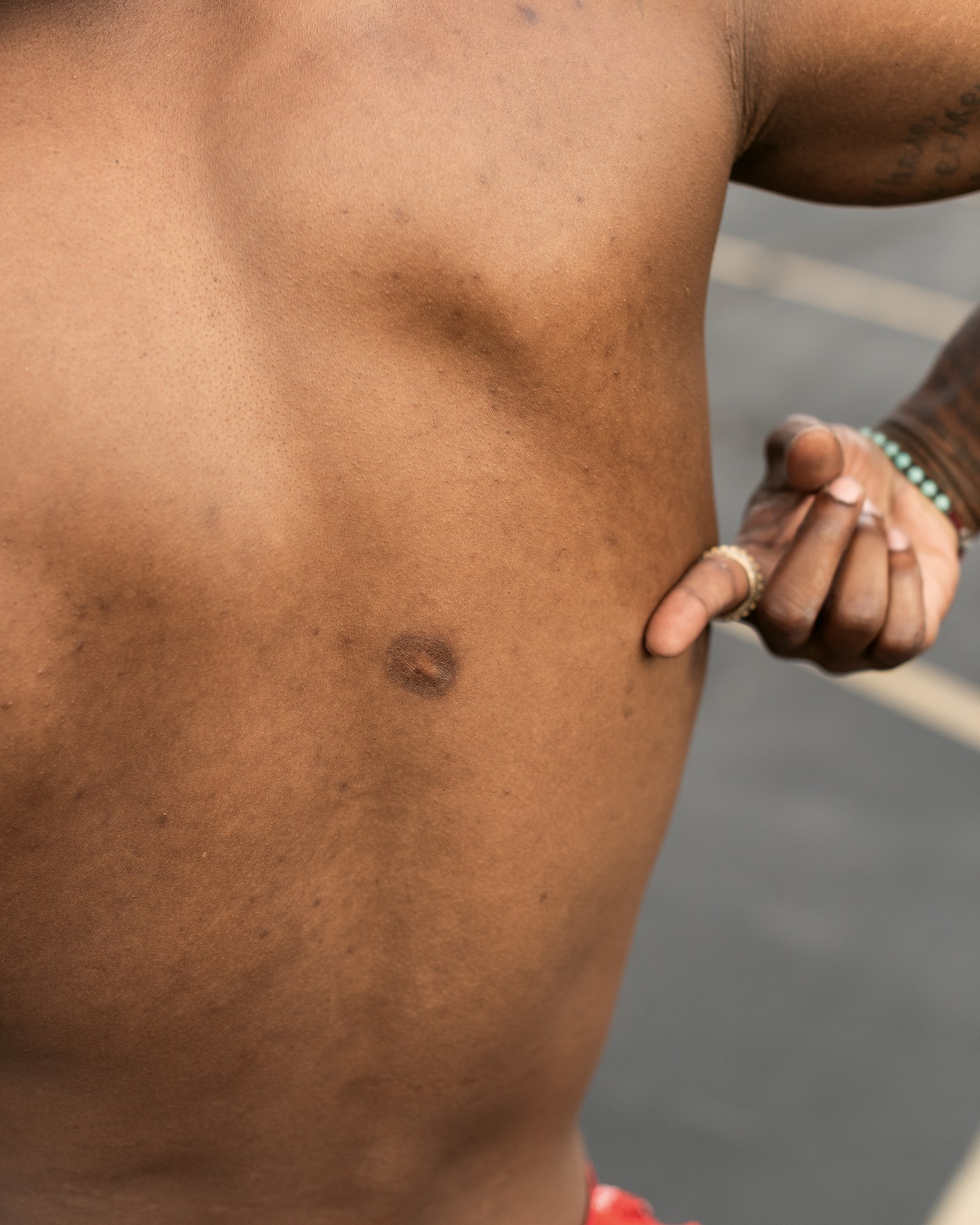
After embarking on teaching at University of Arkansas’ photography program — having published both Corrections and Omaha — Zora has continued diving deeper into sociovisual investigations of Black life and anti-Black violence, from his book At No Point In Between in 2019 (now on view at Webber Gallery in London) to his most recent shows, American Mother, American Father and Bold As Brass. His latest monograph, True Colors (or, Affirmations in a Crisis), is his most expansive offering to date.
In it, Zora revisits the theme of survival and “the challenges of finding belonging in places not made for me — of creating an affirmation in a moment of crisis as I learn to remake myself in my own image.” Featuring photographs from previous shows, alongside archival imagery, video stills, essays, conversations and curated selections of work from other artists, True Colors is also his most personal work yet.

“Those earlier works, I’m pretty hidden,” Zora shares, looking back. “In the newer work, I’m more present. I’m doing that work of understanding my position in all of this, locating myself in it and thinking about my intentions. [True Colors] is me breaking that down for myself and presenting it to a broader audience.” In the process of once again questioning his role in a larger ecosystem, this time that of image-making, he considered every detail of the book with deep intention.
“On the front, there’s a blind emboss of the graphic from Laquan McDonald‘s autopsy report, showing the entrance wounds on the front, the exit wounds on the back.” Mirroring his own inner-vacillation between visibility and invisibility, he reveals “you don’t see the outline of the body. It’s just the marks and numbers.” Even the materials serve a distinct purpose, he says, revealing that “with the faux leather, when you hold the book and you’re looking at it over time, it picks up your fingerprints.” As he searches to find himself in his work, he’s making certain we see ourselves as well: “It’s impacting the reader in the viewing process. You actually leave a physical mark.”
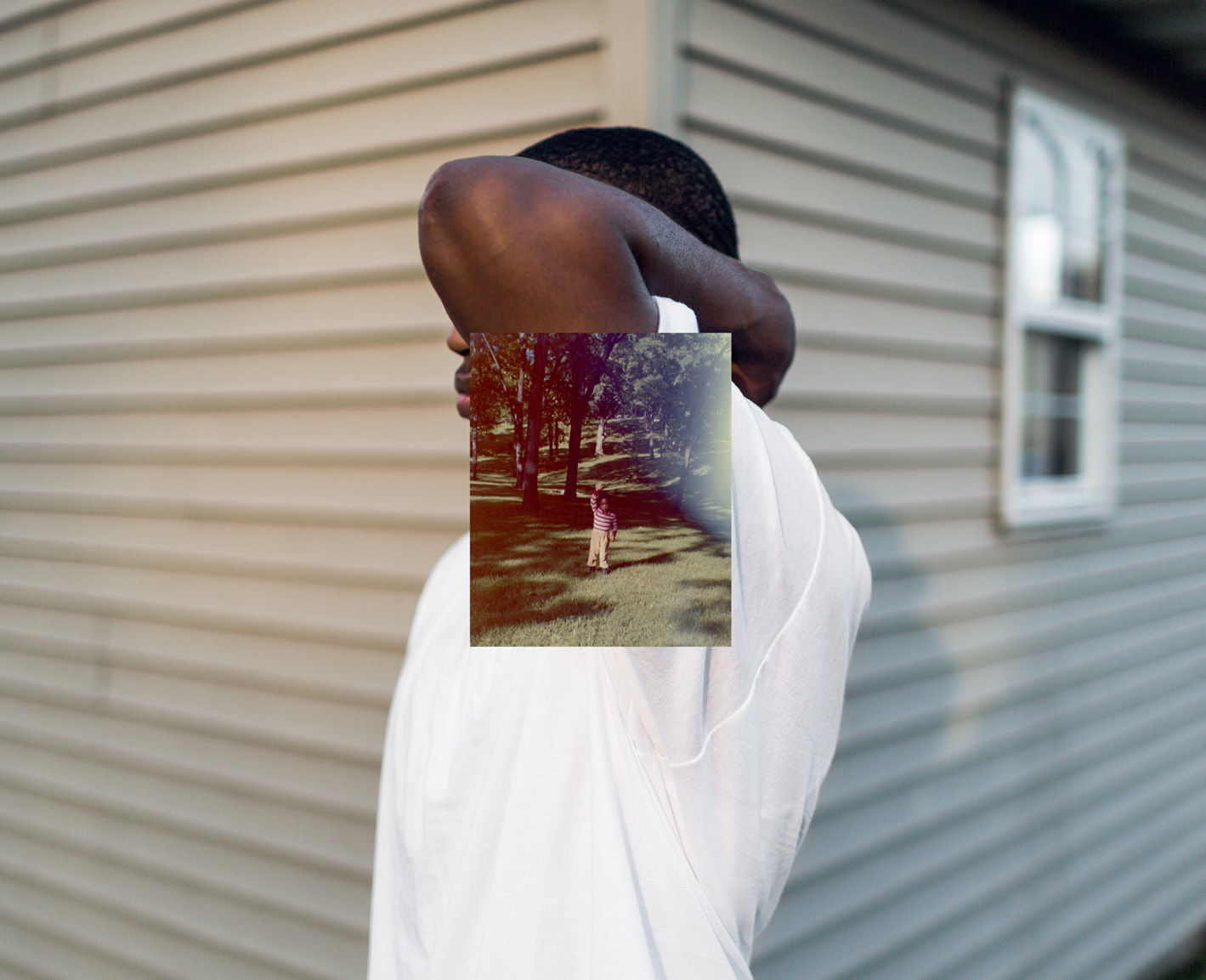

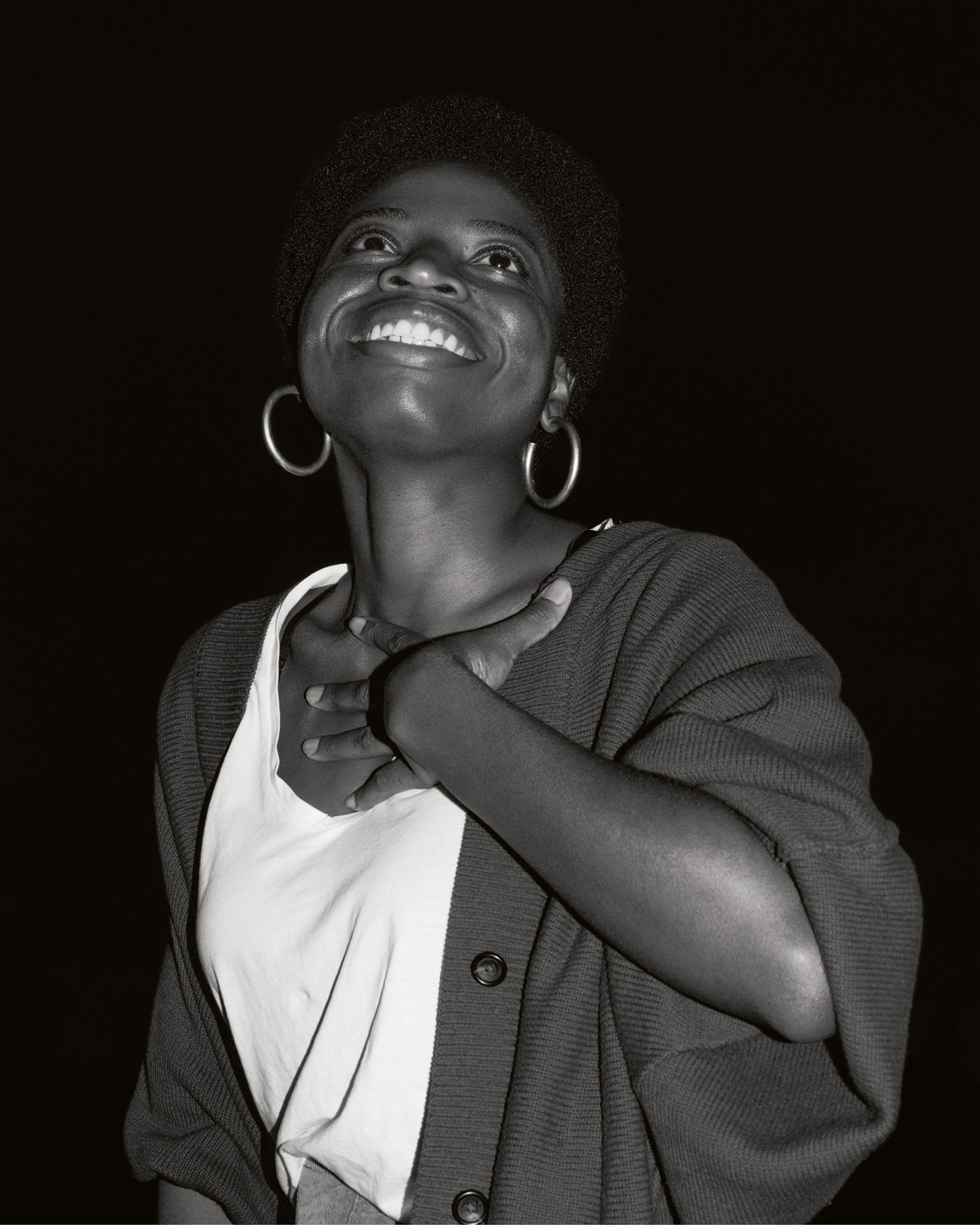
At No Point in Between is now on display at Webber Gallery in London through April 8th. True Colors (or, Affirmation in a Crisis) will be officially released by Aperture on March 22.
Follow i-D on Instagram and TikTok for more photography.
Credits
Photography Zora J Murff



